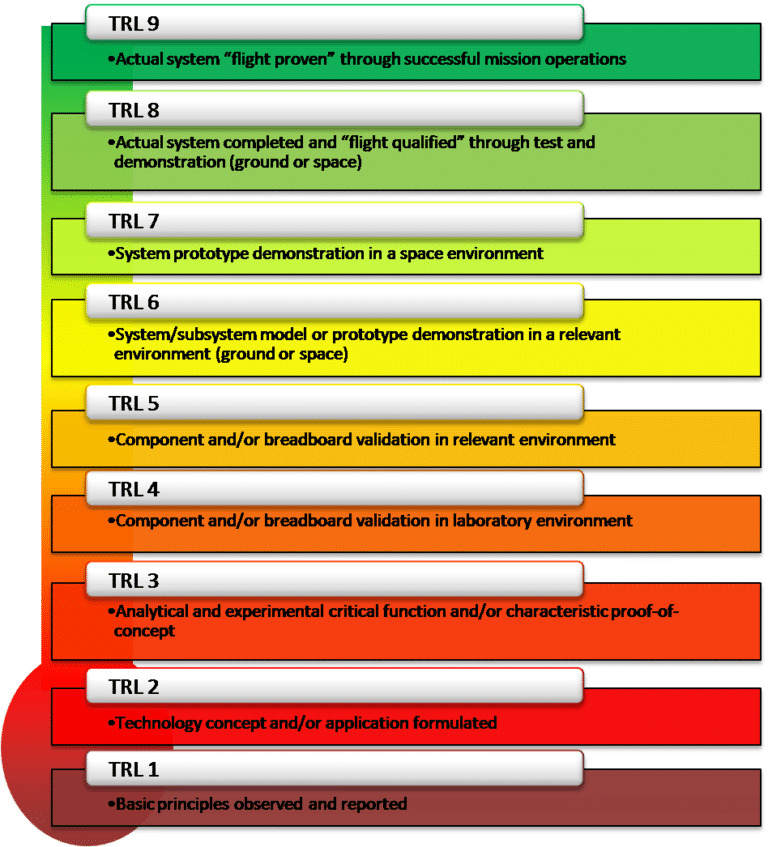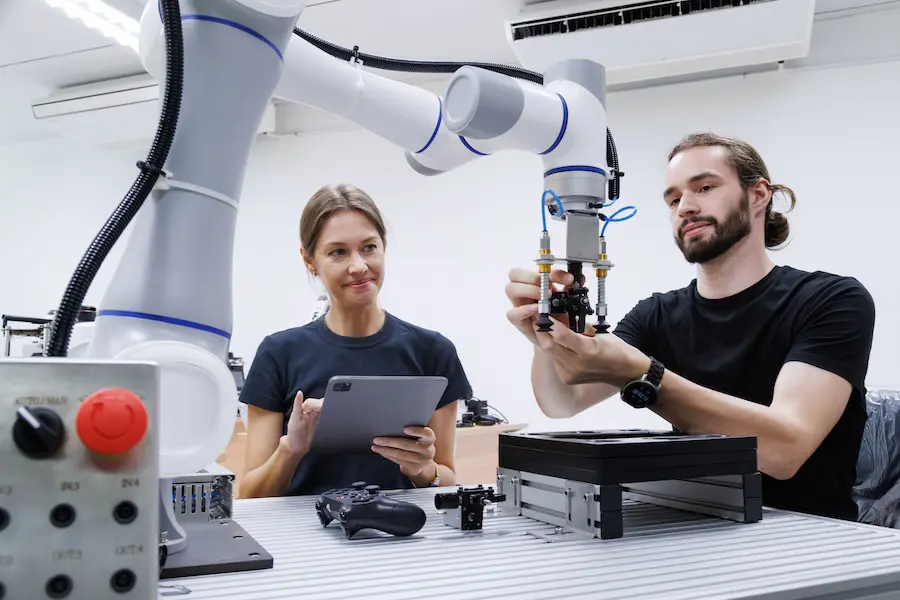How advanced your technology is greatly impacts whether it is eligible for grant funding. Here’s how to tell if your technology is ready for an innovation grant.
When looking into grant funding for your business, it’s easy to get confused. What competition should I apply to? Do I meet the criteria? How much money can I ask for? And perhaps most importantly: is my project eligible?
Whether you’re eligible for a grant really depends on what the specific competition is looking to fund. So it’s important to read the stream’s scope and criteria carefully before applying.
Bear in mind that most innovation grants go to projects with an obvious social benefit, as well as the possibility for major disruption. Additionally, some EU-funded competitions look for projects with applications across Europe.
But there’s also the question of technology. Specifically, whether your technology is ready for an innovation grant.
Grants are generally awarded to projects in the modelling, prototyping, and pilot phases. These phases are often too risky for private investors, so grant funding exists to bridge this gap, often referred to as the ‘valley of death’.
Whether your project qualifies depends on its Technology Readiness Levels (TRLs), a framework used by influential funding bodies like Innovate UK and the European Innovation Council.
Technology readiness levels
Developed by NASA in the 80’s, TRLs describe where a technology is in its development.
The scale ranges from TRL 1, “basic principles observed and research reported”, up to TRL 9, “actual system ‘flight proven’ through successful mission operations”.
In other words: ‘basic concept’ to ‘working product that’s being bought and used’.

Note: TRLs make several mentions of ‘space’ and ‘flight’. For ‘space’ you can read ‘in the field’. For ‘flight’, read ‘field-tested’.
Innovate UK and TRL
Innovate UK is primarily focused on supporting innovations between TRL 4 and TRL 6.
It will fund R&D in service of one or more of the following outcomes:
- Fundamental research
- Feasibility studies
- Industrial research
- Experimental development
Innovate UK’s Smart Grants competitions, which are open to companies in a range of industries, often put more emphasis on projects requiring fundamental research.
There is more of a range in sector-specific competitions, which provide opportunities for early, mid and late stage projects.
Horizon Europe and TRL
Grants from the Horizon Europe programme generally start with technologies that are at TRL 6 or 7, moving towards TRL 7 and 8.
TRL 6 is a “system/subsystem model or prototype demonstration in a relevant environment”. Translation: a technology at the modelling or prototype stage. TRL 7 is “System prototype demonstration in a space environment”.
For Research Actions, Research and Innovation Actions each topic defines the expected TRL of the technology development it will be supporting.
Again, it’s important to look at each stream’s criteria.
Find out if you're ready for a grant
When it comes to the technology they fund, different grant competitions are looking for different things.
While Innovate UK looks for projects with TRL 4 to 6, and Horizon 2020 TRL 6 and above, it’s important to look at the scope and criteria for each scheme individually.
Familiarize yourself with the TRL framework and identify where your project sits within it. Then you’ll be in a better position to judge your eligibility.
If you want help with a grant application or would like to discuss your eligibility for a particular scheme, then please get in touch. One of our team will be right with you.




